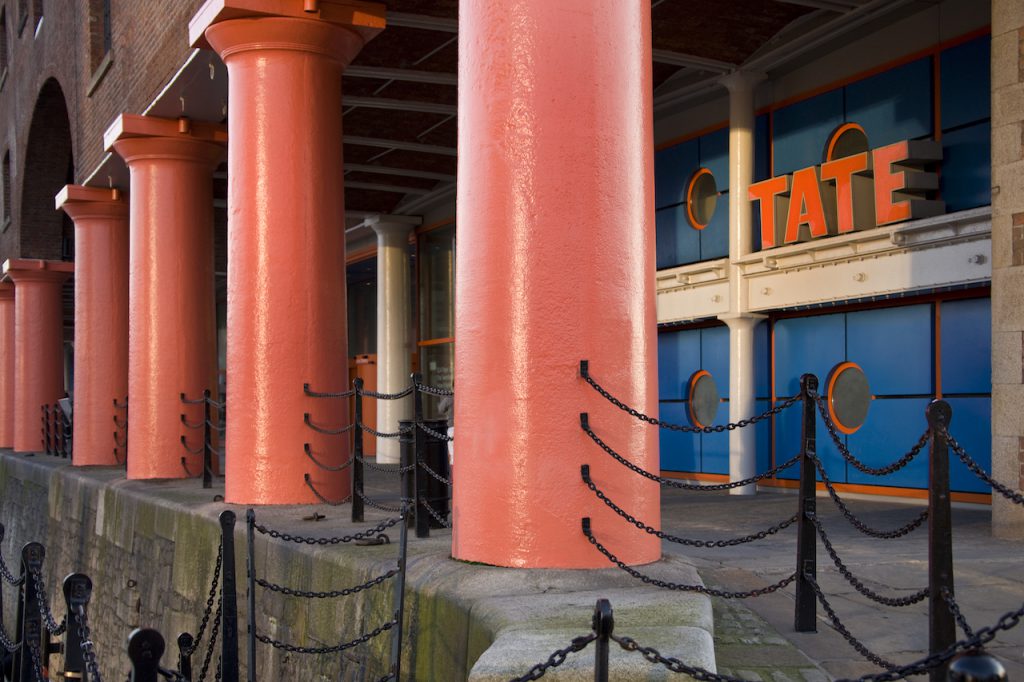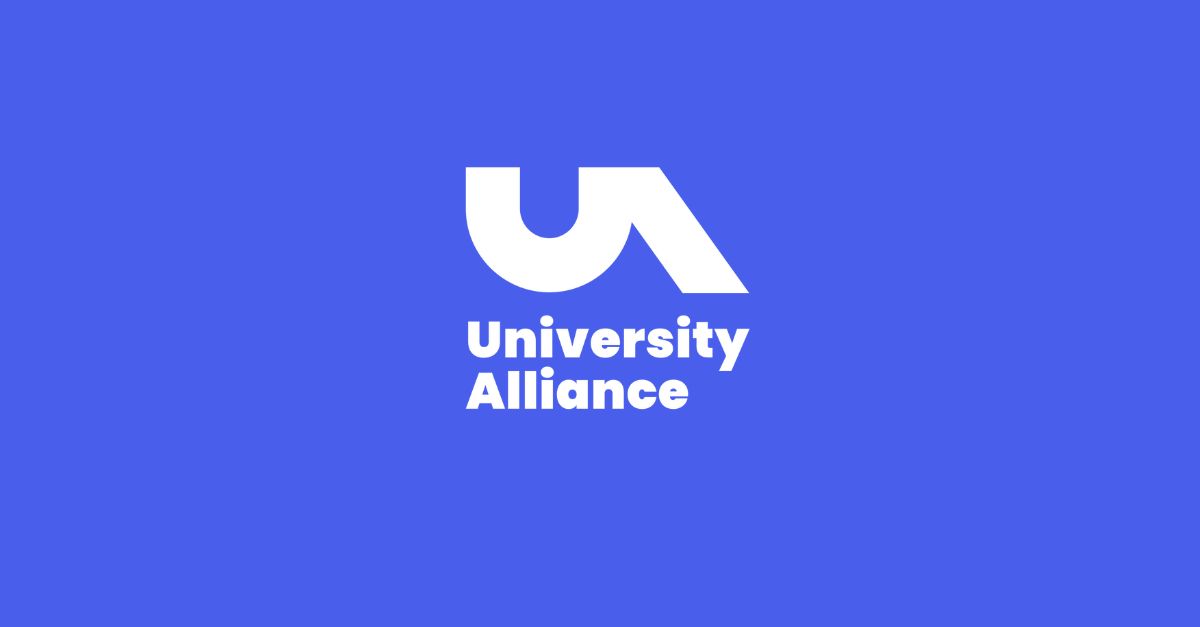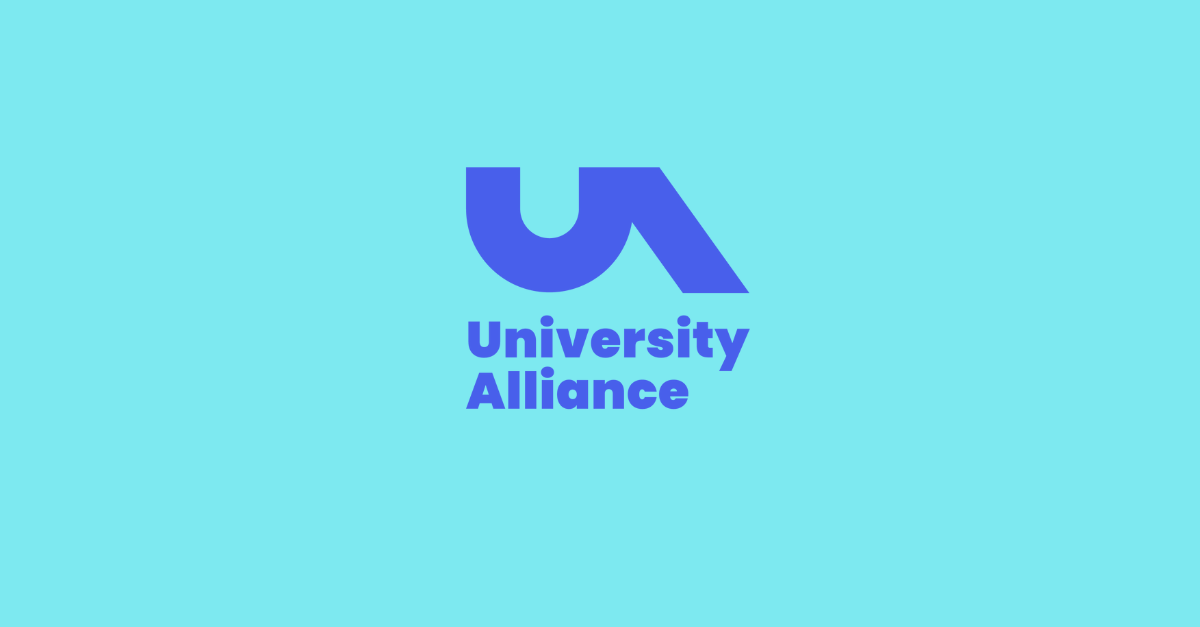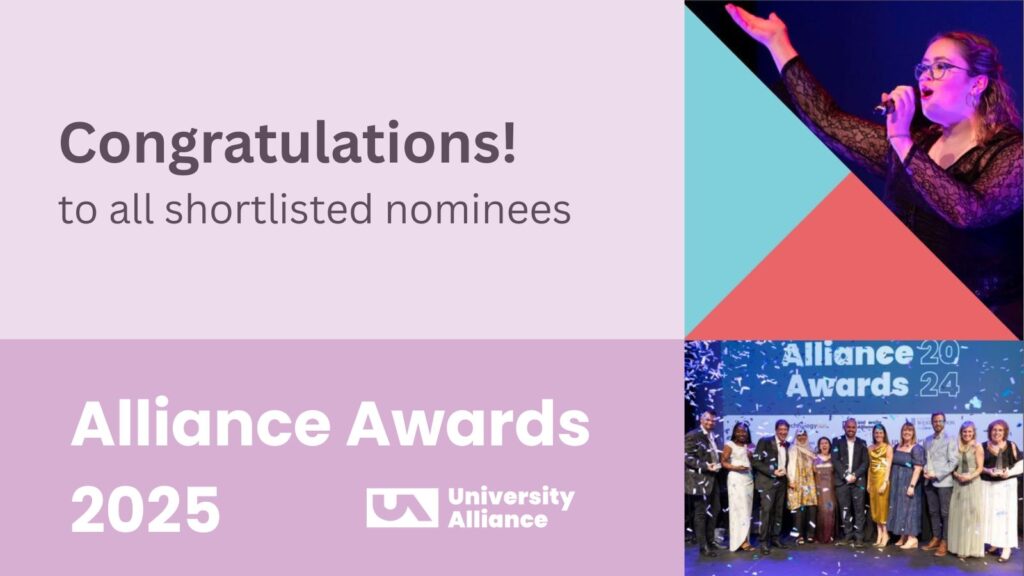
The Tate Art Galley in the Albert Dock, Liverpool
Universities care deeply about the cities and regions in which they’re based, looking to enhance and bring value to their local communities. They contribute in a variety of ways, from the skills ecosystem to reducing inequality, acting as leaders and anchor institutions to draw in investment and create growth.
Over the past year, we’ve been exploring the regional leadership role of Alliance universities as well as that of other universities and organisations. But what has been less explored is the way universities support and encourage arts and cultural industries within their local communities.
Universities have become increasingly more involved in these activities, becoming champions for the arts across the UK, attracting investment and leveraging funding. Universities do this because they understand and value the benefits a thriving cultural scene brings with it. They understand the improvement in literacy when young people are exposed to drama, the improvements to mental wellbeing which cultural activities bring and the other well established quality of life improvements students, staff and local residents see from cultural engagement. They also understand the innovative role arts and culture play in the economy, contributing over £12bn and employing over 400,000 people.
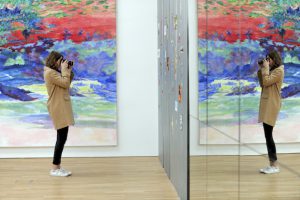
Margaret Harrison exhibtion preview event, mima, Jane Hutchinson
The creative arts, in particular, are integral to Alliance universities – many of which trace their heritage back to the Institutes of Arts and Design created to meet the needs of the first industrial revolution. Working in partnership and responding to local needs are at the heart of all this activity.
But while universities have the desire to engage more closely with the arts and cultural sectors there are still a number of barriers which need to be overcome. Universities are often perceived as “ivory towers” and difficult to approach. There are communication issues around the use of language. As large organisations with thousands of employees, they can also be slow moving and inflexible.
But the opportunities far outweigh the difficulties. Our new publication, A clearer picture: A guide for arts and cultural organisations engaging with universities, produced in collaboration with Arts Council England, demonstrates how the development and expansion of university-cultural partnerships creates unique opportunities for both parties.
For example, the partnership between Liverpool John Moores University and the Tate Liverpool reveals how these relationships are mutually beneficial and can be expanded to incorporate multiple strands of work.
The partnership provides the university with unique learning opportunities for its students both within the gallery itself and through live events such as the recent collaboration between the gallery and the English National Ballet which included animations and music produced by Screen School and Journalism students. The two partners have also been able to provide joint public presentations, lectures and masterclasses to further promote and stimulate the artistic community around Liverpool. The Tate Liverpool is also able to access the Universities research base through collaborative research projects and gains access to highly skilled graduates and volunteers.
A clearer picture sets out some of the opportunities for collaboration and the benefits of partnership working. It also gives practical advice on how to approach a university and how to maintain the relationship and create a successful partnership.
A strong creative scene, with flourishing cultural spaces and businesses, make our towns and cities exciting and vibrant places to live. By working together we will ensure that arts and culture remain an essential part of our national conversation and lie at the centre of every community in the country.
You can download the guide here.

